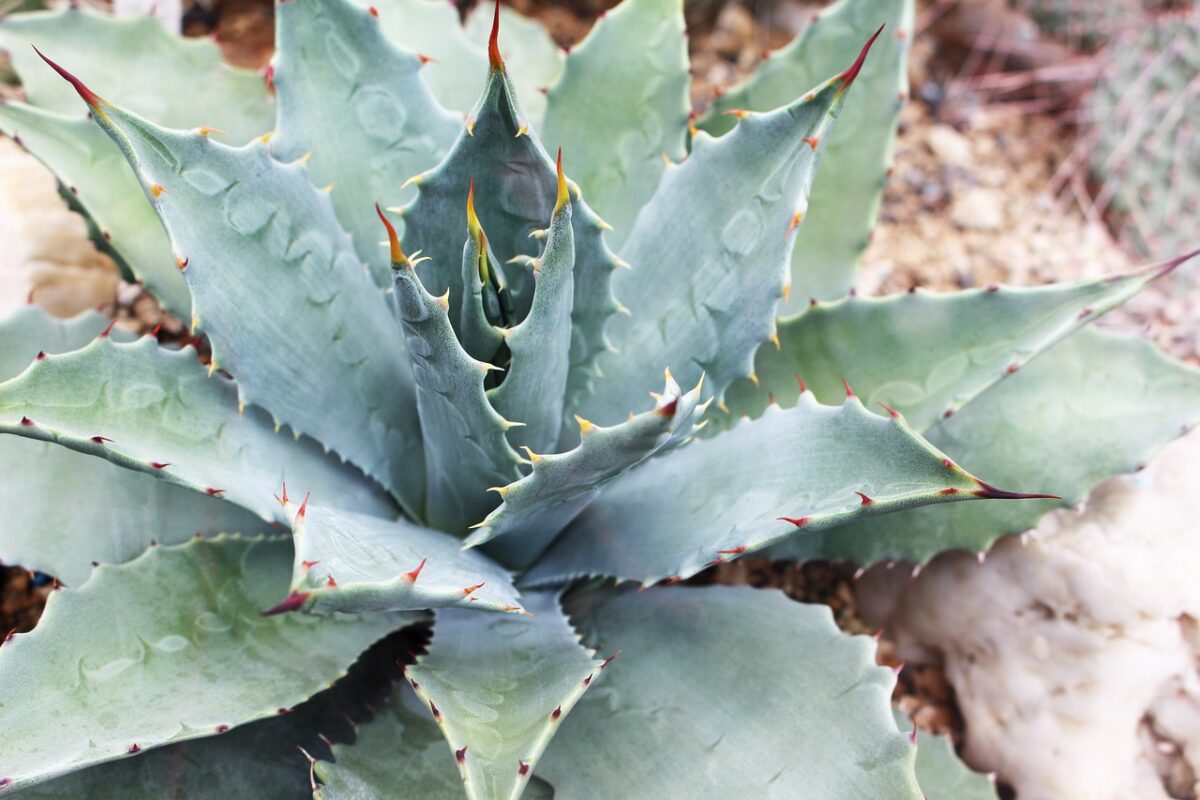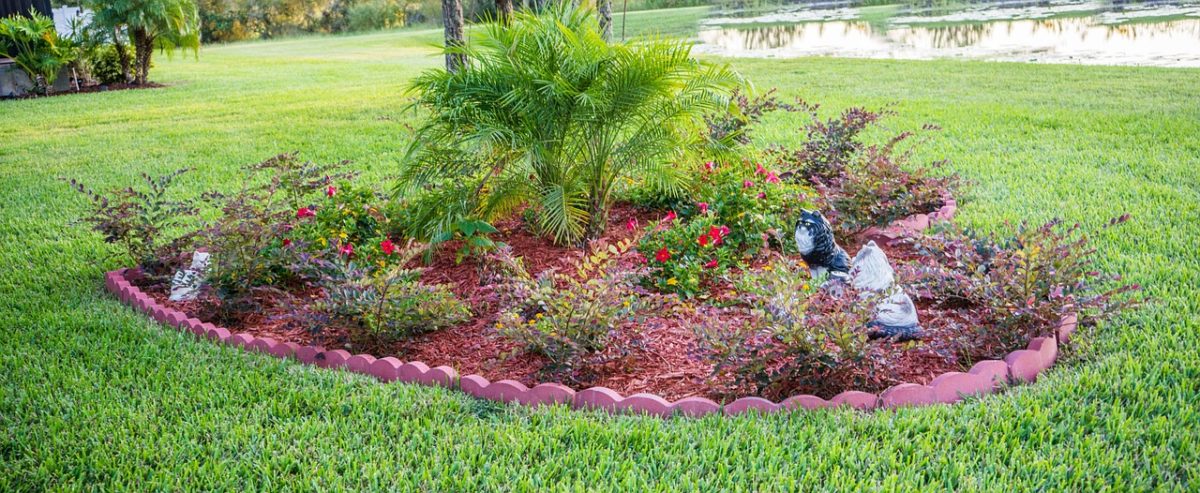Homeowners and businesses have a myriad of plants from which to choose that provide blooms and beauty throughout the season. Florida is known as a warm and humid state, but what people may not know is that weather records going back to 1900 indicate that at least one severe drought has occurred in Florida during every decade.
Residents of South Florida have flowers, bushes, ferns and trees that are able to tolerate dry conditions and even a drought without withering and dying. The following are some drought resistant plants from which to choose.
African Iris
Exotic looking white flowers emerge in the spring with distinct purple and yellow markings. It’s a low maintenance plant, the blooms last for only a day but it’s a profuse bloomer.
Beach Sunflower
Known as beach sunflower and dune sunflower, it can be found growing wild in coastal regions and can easily be adapted for inland plantings. A summer bloomer, the daisy-like yellow flowers may appear year-round in South Florida. It attracts pollinators that includes bees, butterflies and moths, while birds eat the seeds.
Beautyberry
The shrub produces lavender blossoms followed by clusters of purple berries in the autumn and winter. The seeds and berries are a food source for a variety of bird species, provides cover for birds, and the foliage is a favorite of deer.
Blanket Flower
A native to the state, it features red and gold flowers that attracts butterflies. It’s an annual that also readily reseeds itself.
Fern Leaf Lavender
Silvery foliage produces purple flowers that attract butterflies. The blooms and foliage are fragrant.
Firebush
The bright red tube-shaped flowers attract butterflies and hummingbirds to the garden. The plant provides cover for birds and the seeds are a source of food for multiple types of songbirds.
Locust Berry
The Florida native features flowers of white, pink and red all on the same plant and it attracts butterflies. It can be grown as a small shrub or tree, birds eat the seeds, and it provides cover for multiple avian species. It’s a threatened species in the wild.
Reed-Stemmed Orchid
Also known as crucifix orchid and rainbow orchid, it’s easy to grow and the blossoms attract hummingbirds. The most common color is red-orange, but is also available in white and hues of pink, purple and yellow.
RCH Landscaping is a full-service landscape company based in Boca Raton, Florida. We design, install and maintain Commercial and Residential landscapes all around Boca Raton, Delray Beach, and The Palm Beach areas. Our team of highly skilled landscape technicians has an undisputed track record of creating and maintaining beautiful commercial and residential landscapes all over South Florida.
Contact RCH Landscaping Today for a Free Estimate


